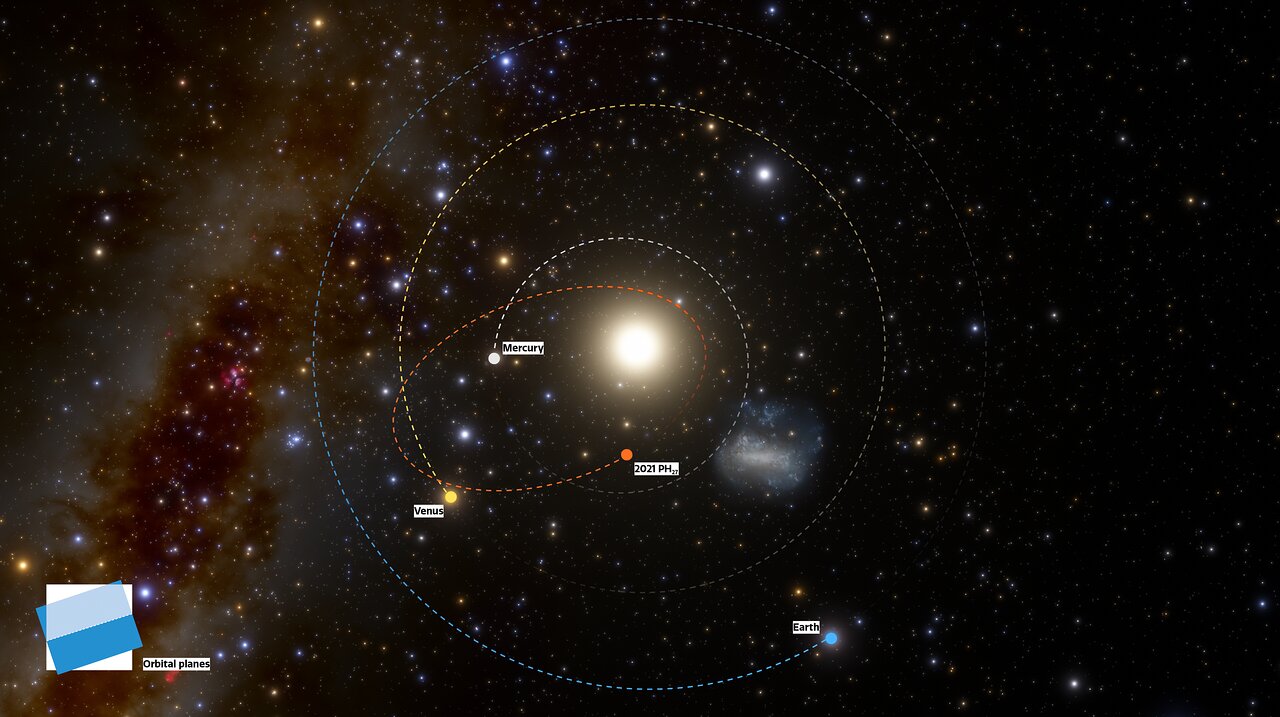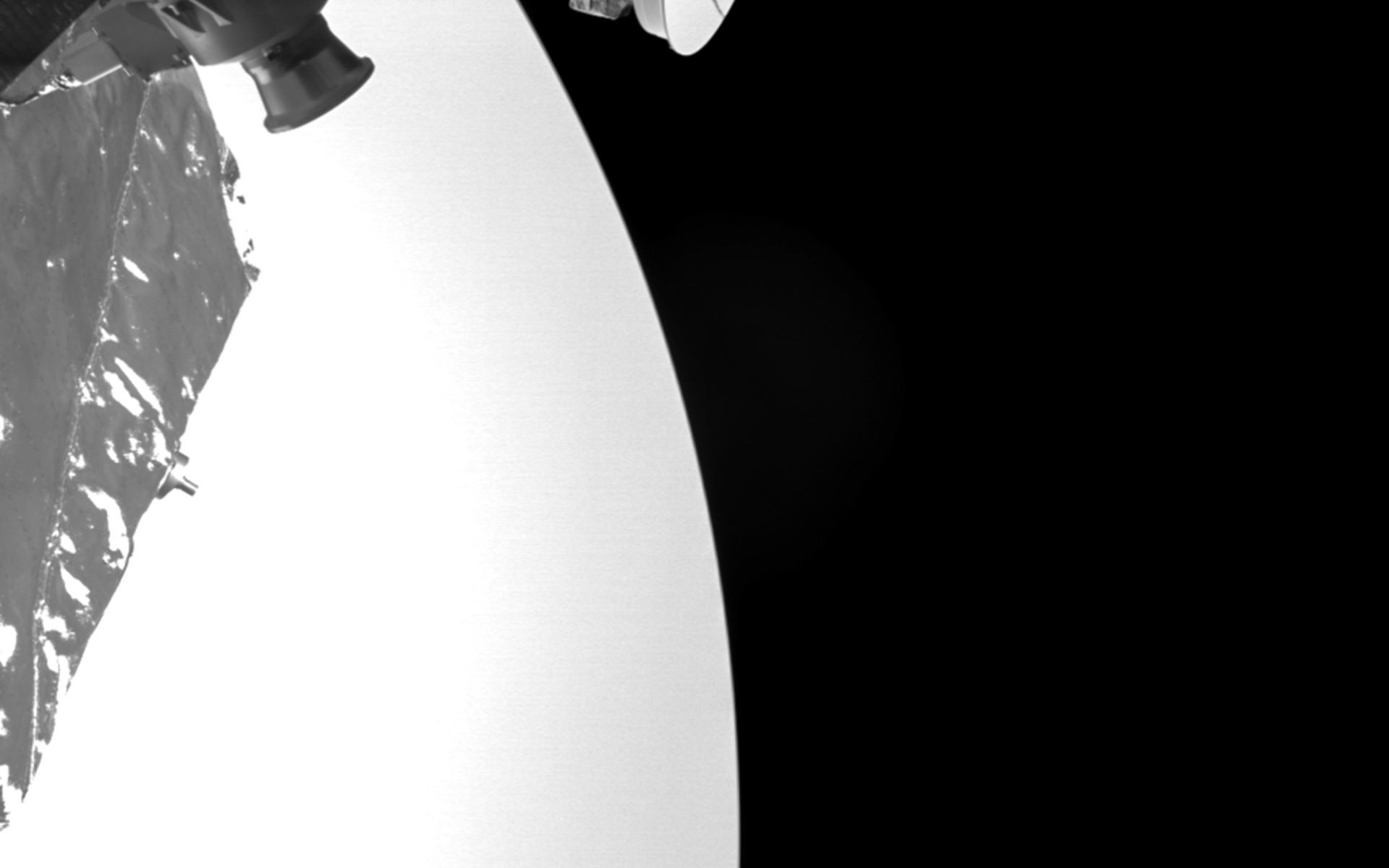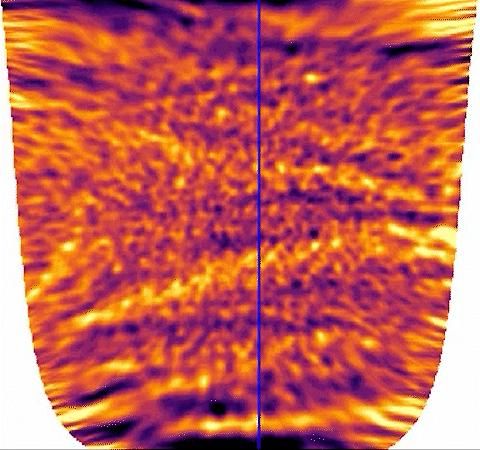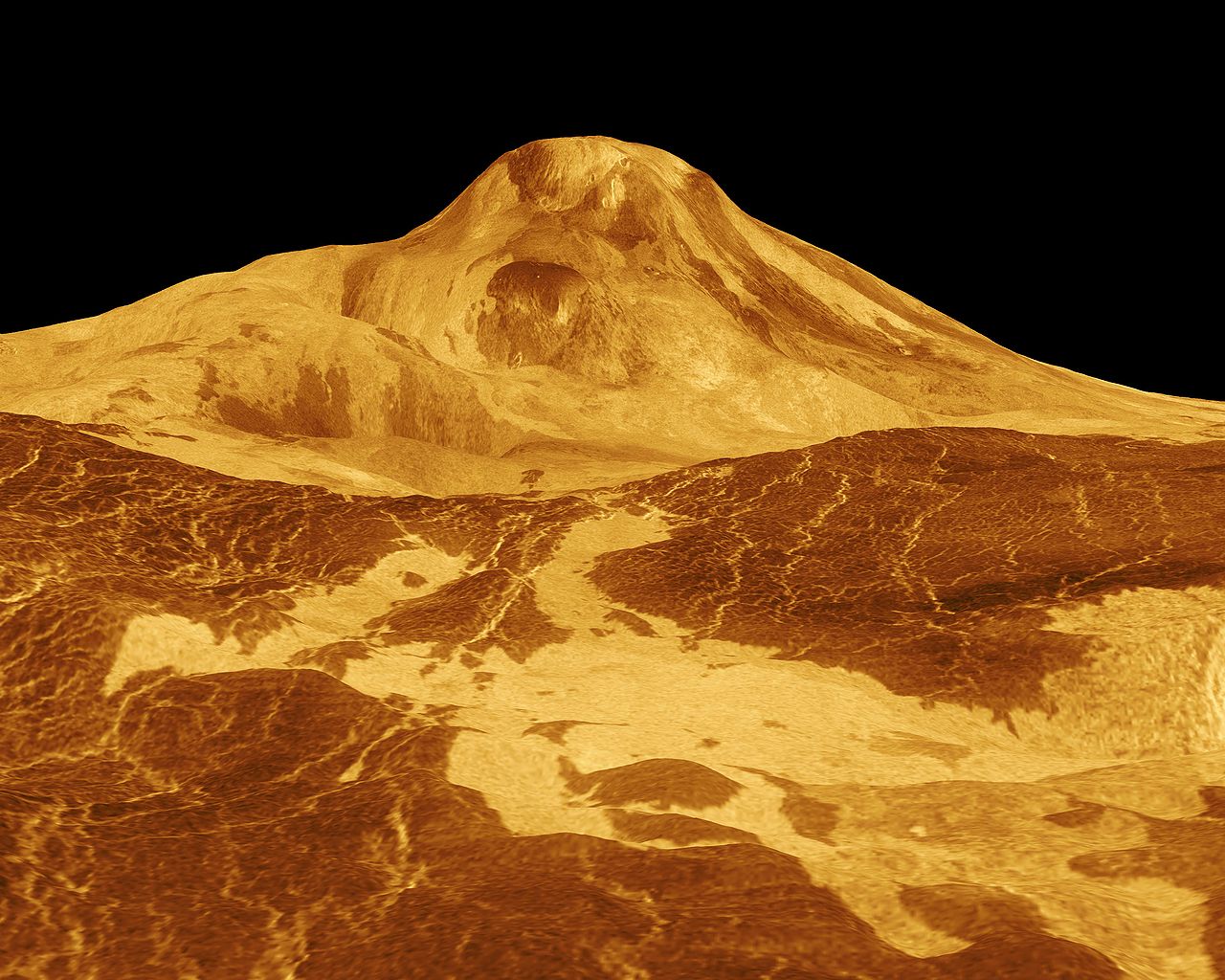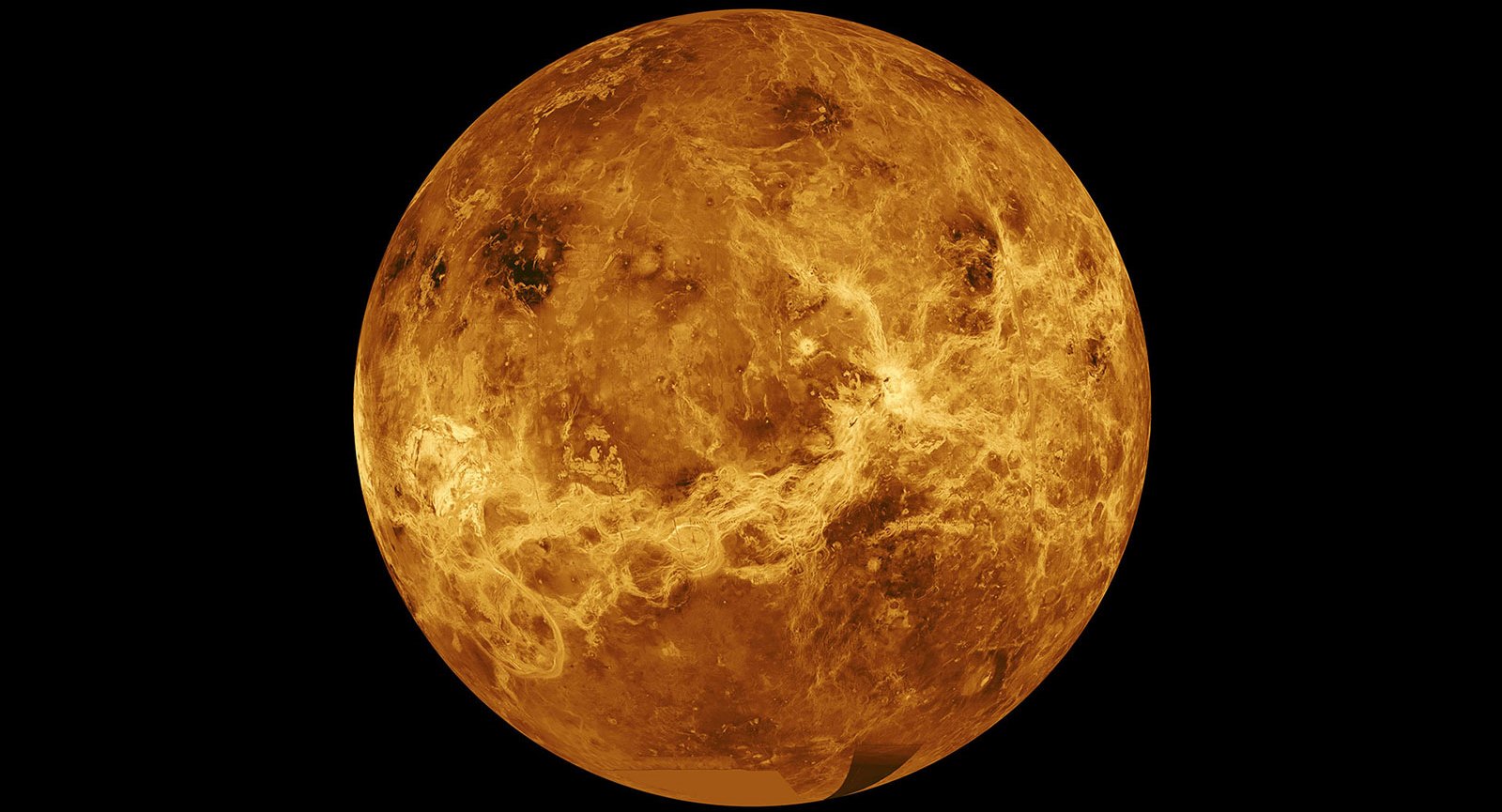Carl Sagan once famously, and sarcastically, observed that, since we couldn’t see what was going on on the surface of Venus, there must be dinosaurs living there. Once humans started landing probes on the planet’s surface, any illusion of a lush tropical world was quickly dispelled. Venus was a hellscape of extraordinary temperatures and pressures that would make it utterly inhospitable to anything resembling Earth life.
But more recently, astrobiologists have again turned their attention to the Morning Star. But this time, instead of looking at the surface, they looked in the clouds. And now, a new study from researchers at California Polytechnic, Pomona, has calculated that there is likely a layer in the atmosphere where photosynthesis can occur. Meaning there is a zone in Venus’ cloud layer where life could have evolved.
Continue reading “There’s Enough Sunlight Getting Through Venus’ Clouds to Support High-Altitude Life”


